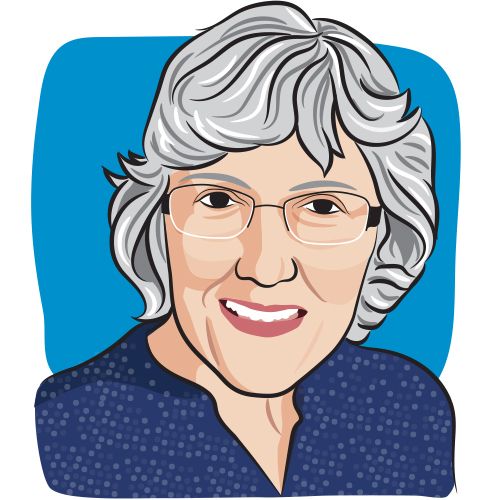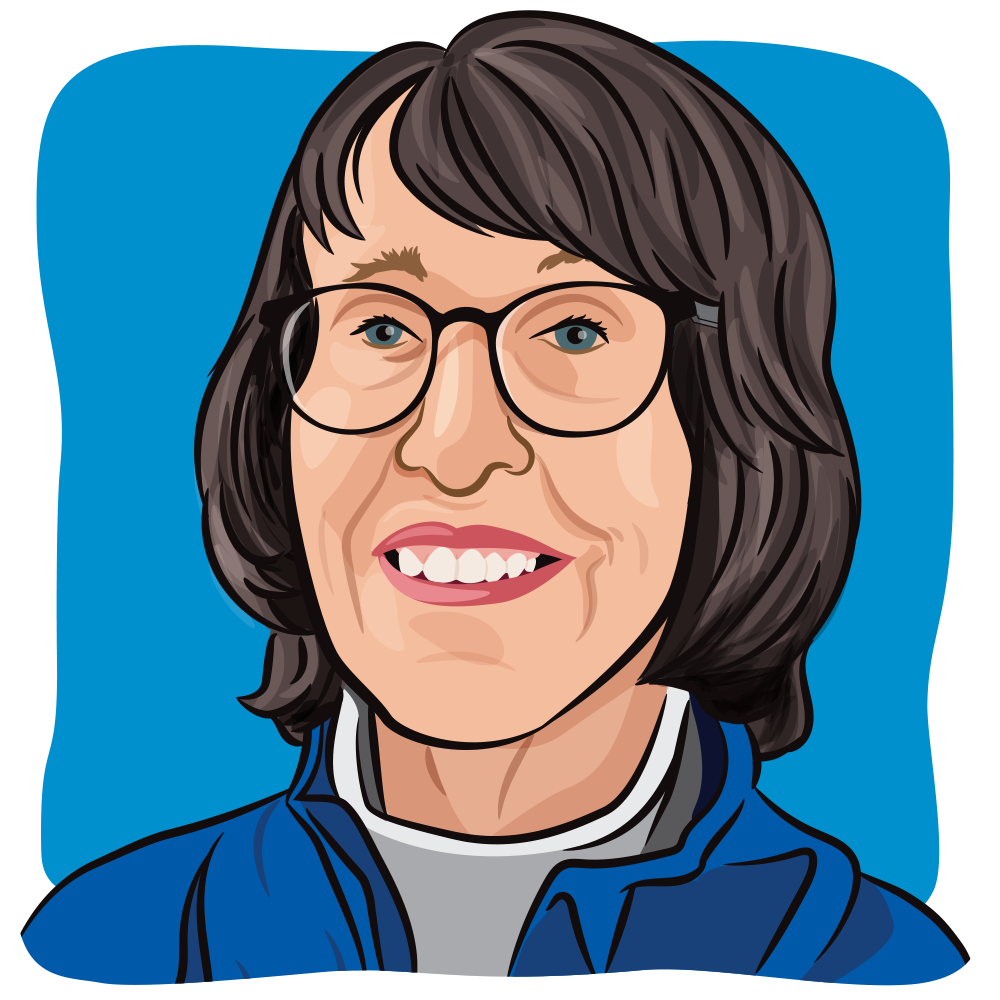Blog
Article
My Top 10 List for Living With Cancer
Author(s):
Key Takeaways
- Self-advocacy and informed decision-making are crucial for managing a chronic cancer diagnosis effectively.
- Reliable research sources help patients stay informed about their disease, treatments, and clinical trials.
Nine years as an ovarian cancer “lifer” yields these tips for surviving and thriving when there’s no end of treatment ahead.
Kelly Irvin was diagnosed with stage 4 ovarian cancer in January 2016. Catch up on all of Kelly's blogs here!

I’m coming up on the ninth anniversary after my diagnosis of stage 4 ovarian cancer in January 2016. As always, this causes me to ponder my life as someone living with cancer for the rest of my life. I ponder why I’m still here and others are not. Have I used this time well? What have I learned that might be of use for other “lifers,” as well as those just starting on this journey? It’s that last question I’m focused on here. The following is my top 10 list for living with cancer when there’s no likelihood of hearing those magical words “cancer-free.”
1. Be your own advocate.
No one will do it better. I consider myself a member of my care team. I make lists of questions to ask. If I don’t understand the answer, I ask for a response in plain English. I study my insurance benefits and I’m not afraid to call the company to clarify benefits. Learn to read explanations of benefits (EOBs). I’ve had to learn to stand my ground with billing personnel and office staff members who assume I have no idea what I’m talking about. I’ve had to get over feeling like the grumpy/difficult old lady.
2. Do your research.
Using reliable sources such as chemocare.com, the American Cancer Society, the National Institute of Health, the CDC and clinicaltrials.gov, allows me to stay current about my disease, standard of care treatments and clinical trials.
3. Practice being kind, respectful and patient.
That last one is particularly hard for me. (See No. 1.) I’ve spent so much time sitting in waiting rooms, that I sometimes border on exploding. A balance is needed. Patients’ time is valuable too. But other patients may require additional time from your doctor too. He or she may fall behind. I want him to give me that same attention, so I should give the same grace to others.
4. Don’t lose your sense of humor.
When I celebrated my third anniversary at the phase 1 clinical trial where I’m currently in treatment, I bought joke books for the infusion room and the nurse and doctors' station. They are special people in a horribly difficult specialty. Sometimes we all have to laugh in order to keep from crying.
5. Find outlets for your anxiety and stress.
I live in three-month increments from CT scan to CT scan and tumor marker test results once a month. How do I keep from obsessing about results? I write fiction for a living. Writing gives me joy and keeps my mind off my problems. Reading is my favorite pastime. I belong to a bible study, attend church and Sunday school. Exercise, baking, volunteering, fishing, sewing, pottery—whatever works.
6. Make memories.
In other words, live your life. When I was first diagnosed, I was afraid to sign a new four-book contract. A friend reminded me that I could get hit by a bus tomorrow. So could the next person. I take trips, play with my grandkids, celebrate anniversaries and spend time with my husband.
7. Employ the buddy system.
Have at least one person to whom you can vent. For some people, support groups work. My “buddy” is a woman living with AML whom I met through an online support group supposed to last for four weeks. Like me, she is in a clinical trial. We’ve been meeting online about once a month for three years. We voice our fears, complain, give each other advice, laugh and be snarky. We understand how hard it is to live like this.
8. Don’t wait until all other treatments have been exhausted to consider clinical trials.
I’ve been in one that’s working for two years. Incredible work is being done in targeted treatments. Talk to your doctor about genetic testing. Work with them to use the results to determine if there’s a clinical trial that will work for you.
9. Know the difference between palliative care and hospice.
Palliative care is a balanced team approach to care that makes sure all of your needs are addressed, including your mental health, to give you the best quality of life. I had to sign a document saying I understood my care was palliative, not curative, during chemo education early in my treatment. I resented it at the time (rubbing salt in the wound), but now I have a better understanding of the term. Hospice is end-of-life care.
10. Know your feelings regarding quantity of life versus quality of life.
Know which is more important to you. Living with drug side effects and endless medical appointments hasn’t been pleasant, but I do it because I want this time with my family. I also still have stories to write. My oncologist says new treatments are coming down the pike fast and furiously. That gives me hope and the strength to persevere. The day may come when I feel differently, but that day isn’t today.
One final word comes from the oncologist who took care of me for the first five years. The first time I had no evidence of disease (NED), I had to start maintenance treatment. I asked her for how long and she said until there was disease progression. I couldn’t wrap my head around living like this for the rest of my life. She said, “You’re living in a new world now. You can’t go back to the old world. But you’re in a really good place in this world. Hang on to that.”
A recurrence occurred eleven months later. Nine years later, I’m still hanging on to her words.
For more news on cancer updates, research and education, don’t forget to subscribe to CURE®’s newsletters here.




